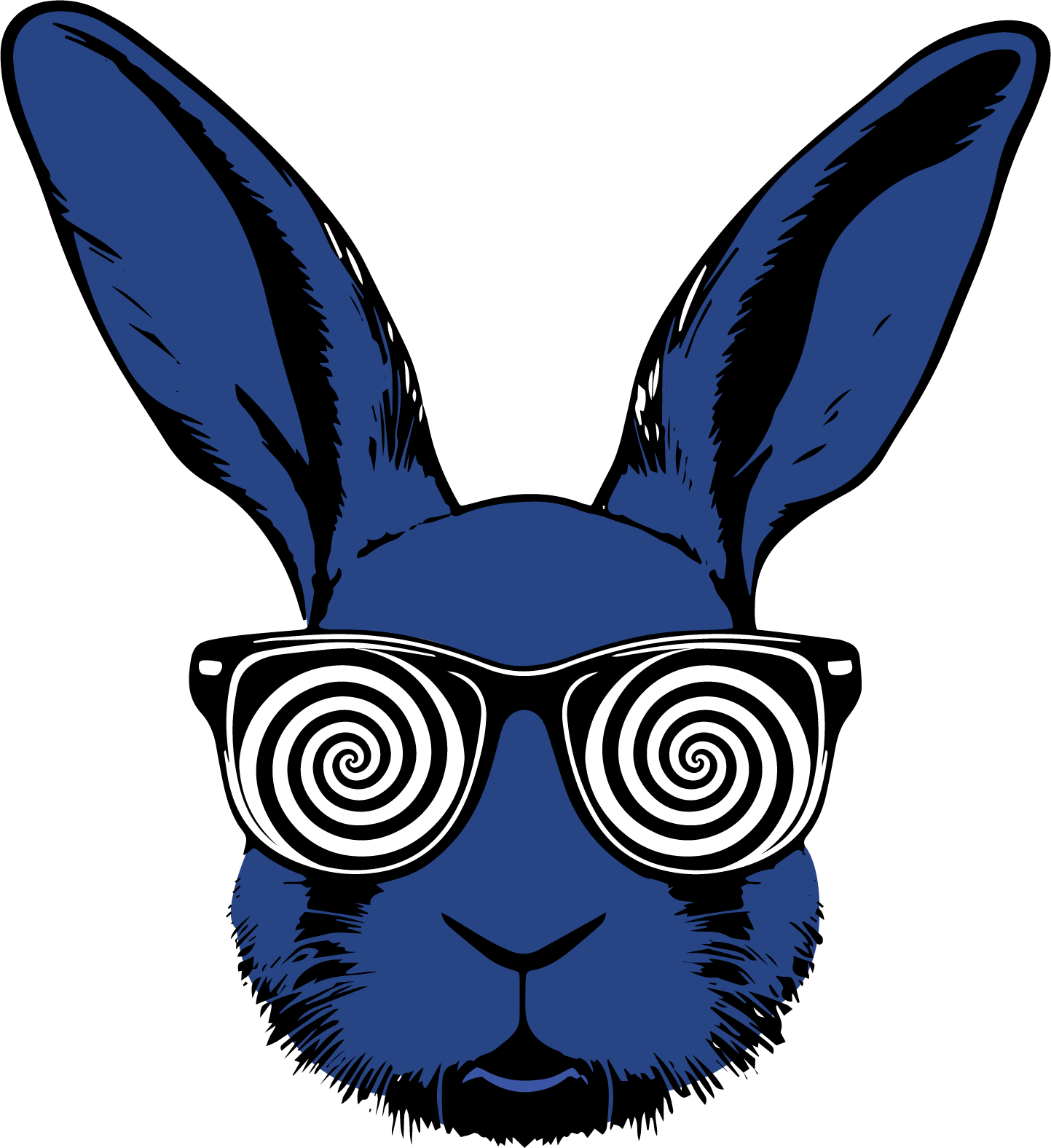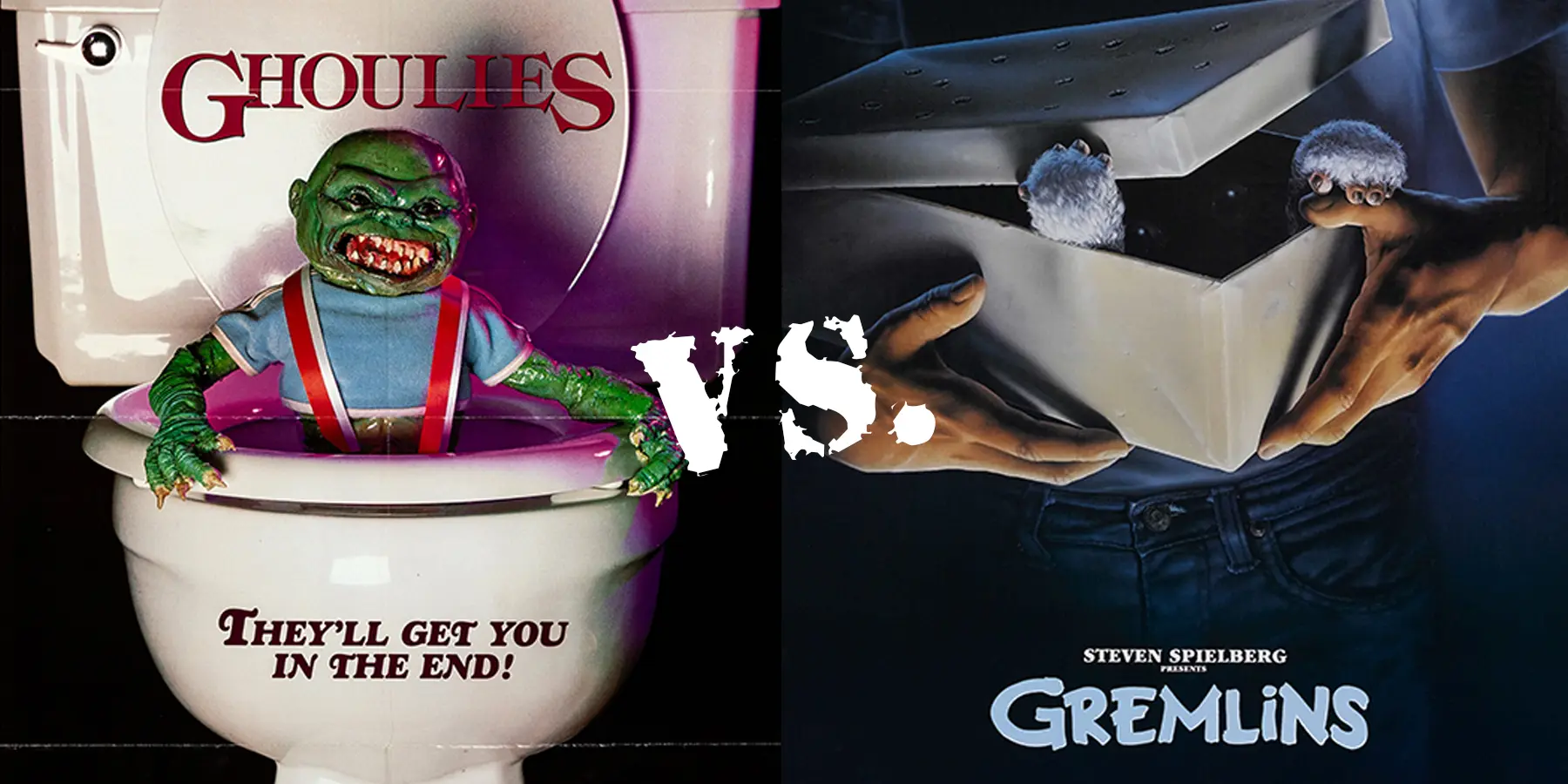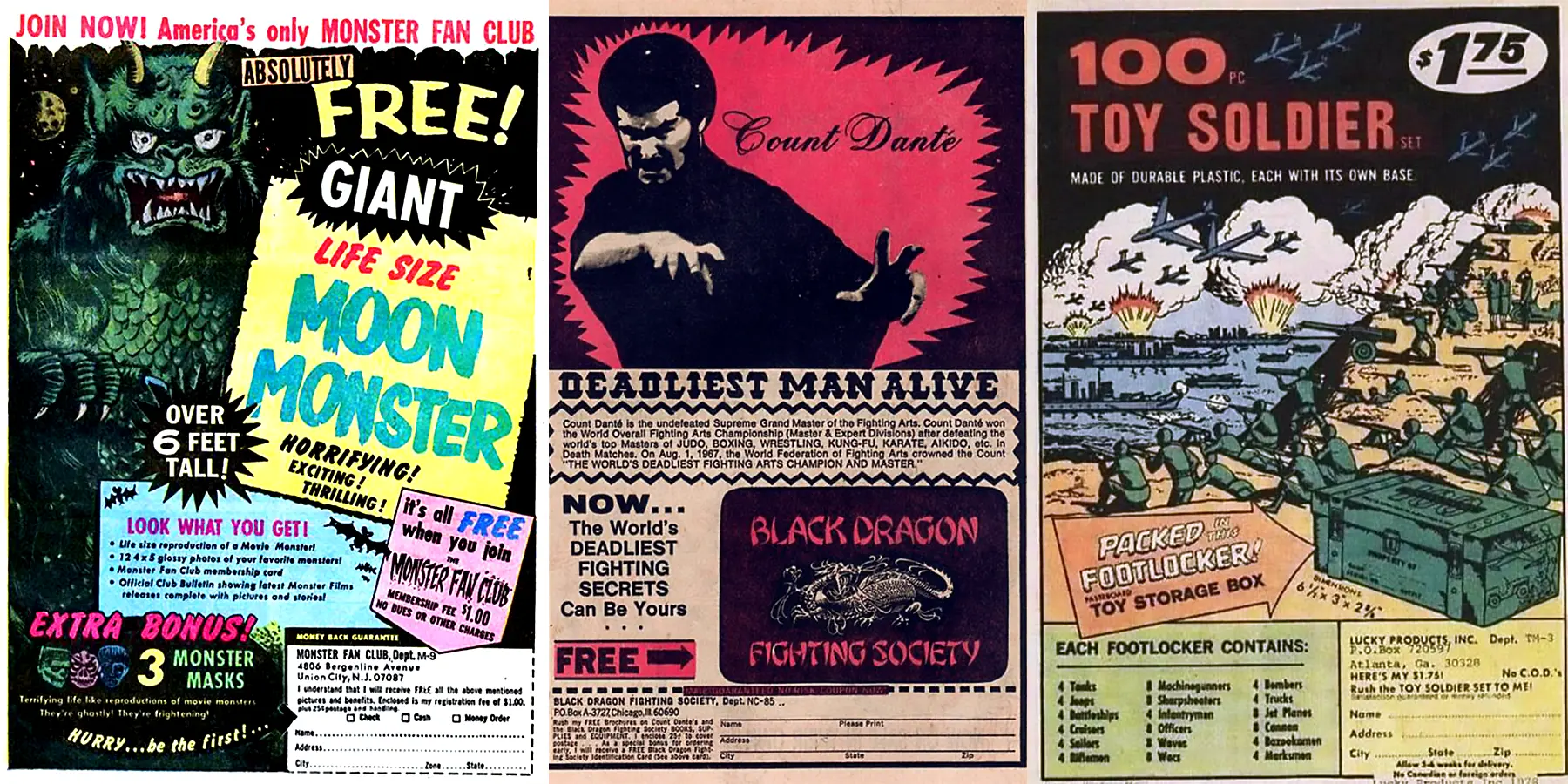Before thrill rides went vertical and virtual, there was the funhouse—that chaotic, colorful labyrinth where clowns cackled, mirrors warped reality, and the floor itself couldn’t be trusted. These walk-through wonders weren’t just a break from the high-octane roller coasters—they were an immersive rite of passage, offering wild fun for kids, teens, and the young at heart. And unlike their flashy ride counterparts, these were interactive playgrounds of physical comedy and optical confusion.
So buckle your safety belt (just kidding—funhouses didn’t have those), and let’s tumble down a trapdoor of carnival history with a deep dive into the wild, wobbly world of portable funhouses.
Step Right Up: The Origins of the Walk-Through Funhouse
The walk-through funhouse strutted into the spotlight during the early 20th century, right when traveling fairs and carnivals were booming across America. By the 1920s and ‘30s, funhouses had become a staple attraction. Their bright facades and mysterious interiors lured in patrons looking for affordable laughs and gentle thrills.
Their golden age? Think mid-century America, when independent builders and big-name ride companies refined their construction techniques, mastered portability, and upped the visual ante with surreal artwork and quirky themes.
Who Built the Madness? Legendary Funhouse Makers
Behind every warped mirror and wobbling floor was a company that made magic (and chaos) happen:
- Pretzel Amusement Ride Company (founded 1928): One of the earliest innovators, best known for both dark rides and walk-through funhouses.
- Eli Bridge Company: Famous for Ferris wheels but also dabbled in funhouses.
- Dodgem Corporation: More known for bumper cars, but they jumped on the funhouse craze to round out their midway offerings.
These companies focused on modular, portable design, allowing funhouses to be taken apart, loaded onto trucks, and reassembled at the next town fairground like a jigsaw puzzle from another dimension.
How Were Funhouses Built? A Carnival Contractor’s Dream (or Nightmare)
The construction of these mobile madhouses was a masterclass in engineering meets eccentricity. Here’s what made them tick:
- Modular Sections: Plywood walls and steel/aluminum frames were prefabricated for quick setup.
- Foldable Floors & Ramps: Many funhouses had multi-level floors, tilting walkways, and staircases that disoriented patrons from step one.
- Assembly Team: A crew of 6 to 10 workers could erect a funhouse in a matter of hours.
- Transportability: Every element—from spinning barrels to crazy staircases—was designed to be bolted down or snapped together on-site.
Even the iconic spiral tunnel and barrel rolls were built to disassemble, stow, and survive miles of bumpy highway travel between county lines.
Funhouse Art: Surrealism with a Paintbrush and a Cackle
What really made a funhouse pop was the paint—and oh, what a show it was. Think day-glo nightmares and psychedelic whimsy.
Who Painted These?
- Some funhouse manufacturers had in-house artists.
- Others hired from banner companies like Banner Paint Works or brought in freelance sideshow artists—masters of exaggerated expression and twisted humor.
What Paint Was Used?
- Weatherproof enamel was the go-to for outdoor resilience.
- Fluorescent blacklight paint lit up the interior with eerie glows and glowing gags.
Common Themes:
- Clowns & Carnies: Wild eyes, toothy grins, oversized shoes.
- Cartoon Chaos: Mutant animals, surreal landscapes, or pop-eyed caricatures.
- Haunted Horror: Ghouls, bats, and dark castle façades for the “spooky” variety.
- Pop Culture Parody: In later years, think aliens, TV characters, or knockoff superheroes.
These exteriors were meant to scream “Hey you! Get in here—if you dare!”
Inside the Madness: Classic Funhouse Features
For the price of a ticket, you didn’t just walk—you wobbled, stumbled, giggled, and screamed your way through a chaotic playground of physical gags:
- Spinning Tunnel: A barrel that twisted around you, warping equilibrium.
- Hall of Mirrors: Stretch, squash, and clone yourself into a circus of reflections.
- Moving Walkways: Floors that tilted or shifted, like trying to walk on jelly.
- Sliding Floors: Tilted or collapsing sections that yanked the ground from under your feet.
- Rotating Barrels: Classic balance test. Fail, and you’d be face-first in giggles.
- Air Blasts & Noise Traps: Surprise puffs of air and sudden bells kept you jumpy.
These weren’t just exhibits—they were interactive booby traps, designed for maximum slapstick and sensory overload.
Safety First… Kind Of
Despite the chaos, funhouses were usually safer than high-speed rides. But they weren’t risk-free:
- Minor injuries like twisted ankles, bruises, or scrapes were common—especially among kids or older patrons.
- Staff were often stationed inside to help anyone who got stuck, dizzy, or scared.
- In the ‘60s and ‘70s, a few legal complaints popped up from patrons who took a tumble, but most were settled or dismissed.
Because they were low-speed and non-mechanical, funhouses were considered low-risk attractions compared to roller coasters or Ferris wheels.
Oddities and Outrageous Tales from the Funhouse
You didn’t think a place full of clown paintings and collapsing floors would avoid weird stories, did you?
- Lost in the Labyrinth: A kid once hid in a funhouse after closing time in the 1980s, sparking a full search until he was found giggling in a mirrored corner.
- Legal Woes: Some guests sued after dizzy spells or trips, but these lawsuits rarely made headlines.
- Ghostly Guests: Some old-school haunted funhouses are rumored to have paranormal residents. Visitors claim to have seen shadows move or heard whispers when no one was there.
Are Funhouses Still Around Today?
Yes—but they’re harder to find.
- A handful of classic models still travel with old-school carnivals or sit at permanent parks.
- Some have been restored by collectors who treasure their garish glory.
- Modern versions might feature digital enhancements, but many still keep the mirrors, tilting floors, and spinning tunnels.
If you find one still standing—don’t miss your chance to walk through a living piece of carnival history.
Final Thoughts: A Hall of Laughter, Light, and Legacy
Funhouses are more than just nostalgic novelties—they’re a celebration of low-tech fun, of slapstick wonder, and of that moment where balance gives way to belly laughs. From their kaleidoscope artwork to their twisting, shifting floors, they offered generations of fairgoers a world where the rules of physics—and dignity—were temporarily suspended.
Even as carnival tastes evolve, funhouses remain a symbol of Americana at its most surreal. If you’re ever lucky enough to stumble across one at a state fair or tucked away in a retro amusement park—step inside. You won’t regret the ride, even if your shoes might fly off in the tunnel.




